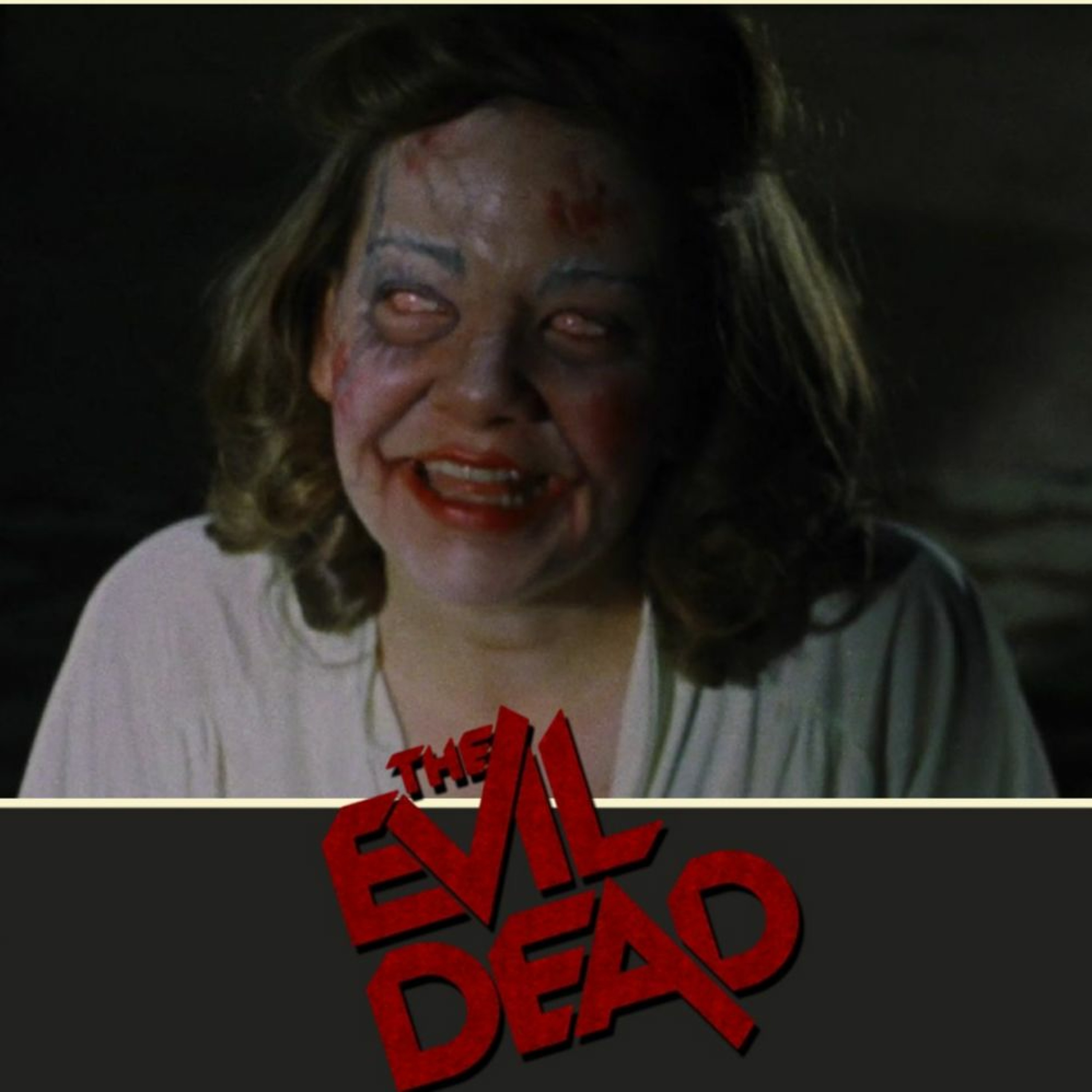- After-Shows
- Alternative
- Animals
- Animation
- Arts
- Astronomy
- Automotive
- Aviation
- Baseball
- Basketball
- Beauty
- Books
- Buddhism
- Business
- Careers
- Chemistry
- Christianity
- Climate
- Comedy
- Commentary
- Courses
- Crafts
- Cricket
- Cryptocurrency
- Culture
- Daily
- Design
- Documentary
- Drama
- Earth
- Education
- Entertainment
- Entrepreneurship
- Family
- Fantasy
- Fashion
- Fiction
- Film
- Fitness
- Food
- Football
- Games
- Garden
- Golf
- Government
- Health
- Hinduism
- History
- Hobbies
- Hockey
- Home
- How-To
- Improv
- Interviews
- Investing
- Islam
- Journals
- Judaism
- Kids
- Language
- Learning
- Leisure
- Life
- Management
- Manga
- Marketing
- Mathematics
- Medicine
- Mental
- Music
- Natural
- Nature
- News
- Non-Profit
- Nutrition
- Parenting
- Performing
- Personal
- Pets
- Philosophy
- Physics
- Places
- Politics
- Relationships
- Religion
- Reviews
- Role-Playing
- Rugby
- Running
- Science
- Self-Improvement
- Sexuality
- Soccer
- Social
- Society
- Spirituality
- Sports
- Stand-Up
- Stories
- Swimming
- TV
- Tabletop
- Technology
- Tennis
- Travel
- True Crime
- Episode-Games
- Visual
- Volleyball
- Weather
- Wilderness
- Wrestling
- Other
Frankenstein: The Monster Within
Chapter 1:Why is he called Frankenstein The character is called "Frankenstein" because that is his family name. In Mary Shelley's novel, the protagonist and scientist who creates the creature is named Victor Frankenstein. The confusion arises from the popular misconception that the name refers to the monster itself. Mary Shelley never explicitly names the creature in the novel. However, it is referred to as "the creature," "the fiend," or "the monster." Over time, popular culture and adaptations of the story have led to people associating the name "Frankenstein" with the creature rather than the scientist who created him. In the novel, Victor Frankenstein is a brilliant and ambitious scientist who brings the creature to life through his experiments. The story primarily focuses on Victor's moral struggles and the consequences of his actions, rather than solely on the creature he creates. Chapter 2:Frankenstein summary "Frankenstein" by Mary Shelley is a dark and gripping novel that explores the consequences of unchecked ambition and the pursuit of forbidden knowledge. The story follows Victor Frankenstein, a young scientist who becomes obsessed with the idea of creating life. Victor's fascination with science and the mysteries of life leads him to conduct daring experiments in secret. After years of intense study and experimentation, he successfully brings a hideous creature to life using body parts obtained from various sources. However, upon seeing his creation, Victor is horrified by its monstrous appearance and abandons it in fear and disgust. The creature, left to navigate the world on its own, experiences rejection and isolation due to its grotesque appearance. As the narrative unfolds, the creature seeks revenge against Victor for abandoning him. It kills several people close to Victor, including his younger brother William and his bride Elizabeth. Filled with remorse and guilt, Victor vows to destroy the creature and embarks on a perilous journey to track him down. The pursuit leads Victor across Europe, where he encounters various characters affected by the monster's actions. Eventually, their paths converge in the Arctic, where Victor falls gravely ill and dies. The creature, filled with sorrow and remorse, appears one last time to mourn Victor's death before disappearing into the wilderness, vowing to end its own existence. "Frankenstein" delves into themes such as the dangers of playing God, the consequences of unchecked ambition, the ethical boundaries of scientific exploration, and the nature of humanity. It raises profound questions about responsibility, the power of creation, and the moral implications of tampering with the natural order. In essence, "Frankenstein" serves as a cautionary tale, warning of the potential consequences when man attempts to supersede the boundaries set by nature and meddles with forces beyond comprehension. Chapter 3:Frankenstein Author The author of "Frankenstein" is Mary Shelley. She was born on August 30, 1797, in London, England. Mary Shelley's full name at birth was Mary Wollstonecraft Godwin, and she later married the poet Percy Bysshe Shelley. Mary Shelley came from a family of intellectuals and writers. Her mother, Mary Wollstonecraft, was a prominent feminist writer and philosopher, while her father, William Godwin, was a political philosopher and novelist. Mary Shelley's own writing talent emerged at an early age, and she began writing "Frankenstein" when she was just 18 years old. The novel was first published anonymously in 1818 but was later attributed to Mary Shelley. It gained crit













